A cloud delivery model specifies the capabilities offered to users and the applications supported. There are three basic cloud delivery models, Software as a Service (SaaS), Platform as a Service (PaaS), and Infrastructure as a Service (IaaS).
Software as a Service (SaaS)
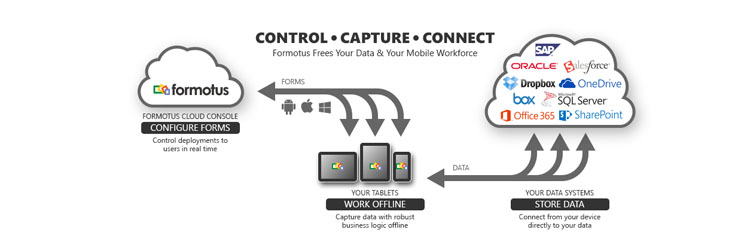
Is one of the services of Cloud Computing where we just use the software that has been provided. Users only know that the software can run and can be used properly.
SaaS clients use applications supplied by the service provider. SaaS does not allow any control of the cloud platform or the infrastructure.
For example, public email services (Gmail, Yahoo Mail, Hotmail), social networks (Facebook, Twitter, LinkedIn) instant messaging (Yahoo Messenger, Skype, Line, WhatsApp) and many others are the Saas service models.
SaaS includes enterprise services such as workflow management, group-ware and collaborative, supply chain, communications, digital signature, customer relationship management (CRM), desktop software, financial management, geo-spatial, and search. Another group of SaaS are Web 2.0 applications such as: metadata management, social networking, blogs, wiki services, and portal services.
Platform as a Service (PaaS)
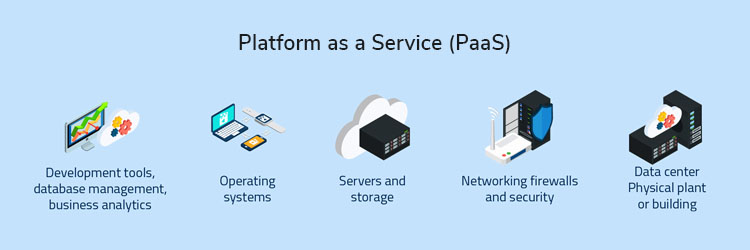
PaaS delivery model is used for consumer-created or acquired applications using programming languages and tools supported by the provider. The end-user does not manage or control the underlying cloud infrastructure including network, servers, operating systems, or storage. The end-user has control over the applications at run time and, possibly, on the configuration of the execution environment.
Examples of these PaaS service providers are: Amazon Web Service, Windows Azure, Alibaba Cloud, Google Cloud, even traditional hosting, are examples of PaaS.
The advantage of PaaS is that we, as developers, can focus on the applications we make, there is no need to think about the operation of the home for the applications we make.
Infrastructure as a Service (IaaS)
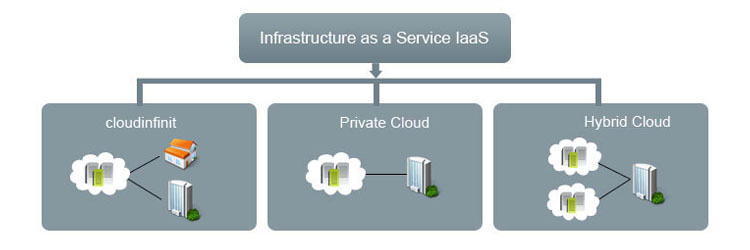
IaaS offers the ability to provision processing, storage, networks, and other fundamental computing resources; the consumer is able to deploy and run arbitrary software, which can include operating systems and applications. The consumer does not manage or control the underlying cloud infrastructure, but has control over operating systems, storage, deployed applications, and possibly limited control of some networking components, e.g., host firewalls.
Services offered by this delivery model include: server hosting, web servers, storage, computing hardware, operating systems, virtual instances, load balancing, Internet access, and bandwidth provisioning.
The IaaS cloud computing delivery model has a number of characteristics such as: the resources are distributed and support dynamic scaling, it is based on a utility pricing model and variable cost, and the hardware is shared among multiple users. This cloud computing model is particularly useful when the demand is volatile and a new business needs computing resources and it does not want to invest in a computing infrastructure, or when an organization is expanding rapidly.
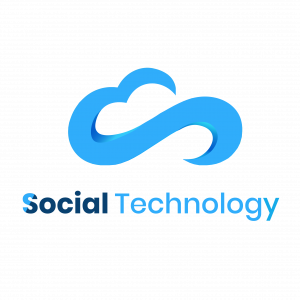
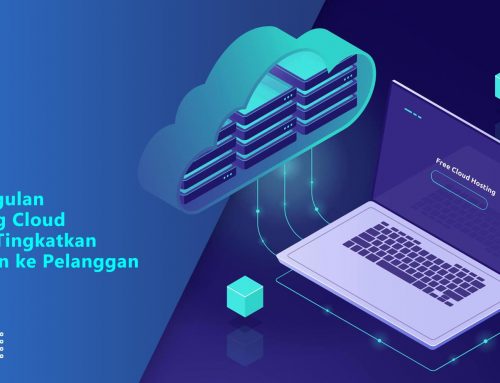



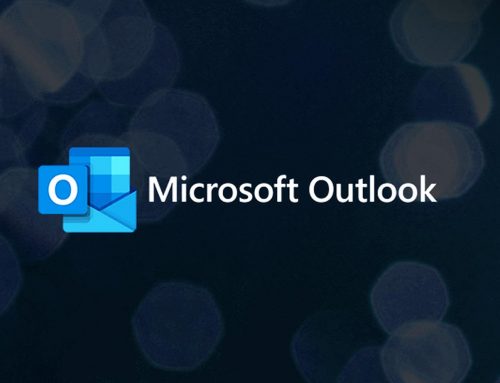
Leave A Comment